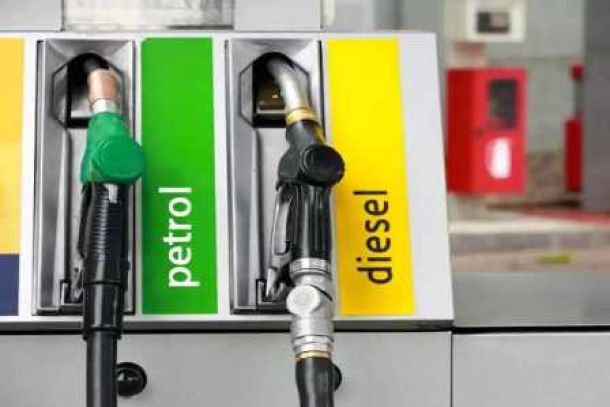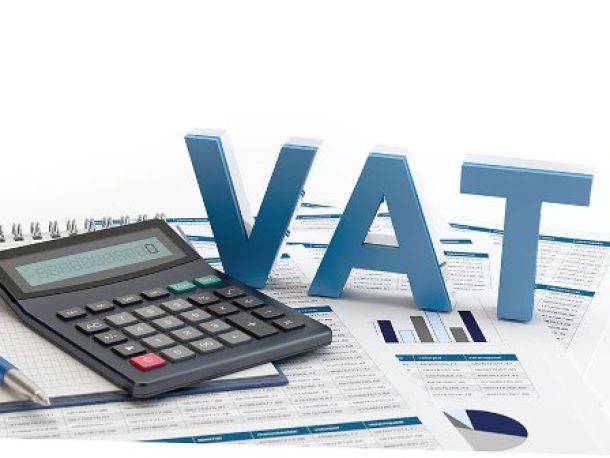Retailers shift away from Africa expansion
Africa is falling off the immediate radar of local retailers after the region posted its slowest growth rate in two decades in 2016, and with the outlook for 2017 looking as unpromising, most companies are changing their focus from expansion to improving customer experience.
According to the World Bank, growth in the sub-Saharan Africa region slowed to 1.5% in 2016. The bank said the risk outlook weighed heavily to the downside due to heightened policy uncertainty in the US and Europe and continued weakness in commodity prices.
Speaking at the EY retail sector overview on Tuesday, Derek Engelbrecht — EY lead consumer products and retail partner — said African expansion was just not something most retailers were speaking of.
"Compare this to five years ago, the picture was very different. There was talk of aggressive store rollouts," Engelbrecht said. "The publicly available data from the big 12 retailers’ in SA show that they are putting their money into store refurbishments and into their IT capabilities."
The 12 big retailers include Massmart, Mr Price, TFG, Pick n Pay, Shoprite, Woolworths, Clicks, Spar, Dischem, Edcon, Truworths, and Holdsport.
These companies account for nearly R600bn in annual sales.
Data collated from these companies showed that in the latest six months, they grew merchandise sales an average 10.2%, while headline earnings increased 0.4%. Capital expenditure grew an average 6.4%.
The latest six months is dependent on retailers’ reporting cycle. For some it would have ended in September 2016, while for others it would have been December. The right strategy was becoming a key factor in determining the performance in a period, Engelbrecht said.
"Some companies expanded into Europe and the UK to diversify their earnings. When the rand strengthened in their latest six-month period, we saw that those companies lost out. But the general trend has been a renewed focus on the customer and investment in technology."
The strong customer focus was grounded in technology, Engelbrecht said. IT played a critical role in investing in a single view of the customer; building online capability; enhancing efficiencies – especially across supply chains and distributions; and reward programmes to enhance client insights.
Looking at profitability and other metrics, EY said clothing retailers had reported on average a 1.4% decline in like-for-like sales. Grocers increased their volumes 4.9% and those in clothing saw a decrease of 5%. Product inflation in clothing was at 11.1% and 5.5% for grocers.
Rising interest rates and currency depreciation would put a further strain on consumers’ disposable income, EY said. Retailers with more diversified geographic earnings would be better positioned to withstand the pressures.
"Grocers will face a multitude of challenges but are better positioned to report sustainable profit growth," the firm said.
Challenges facing clothing retailers included foreign competitor presence and scale; renewed price pressures as the rand depreciates; and changing consumer expenditure.
News Category
- International retailers
- On the move
- Awards and achievements
- Legislation
- Wine and liquor
- Africa
- Going green
- Supplier news
- Research tools
- Retailer trading results
- Supply chain
- Innovation and technology
- Economic factors
- Crime and security
- Store Openings
- Marketing and Promotions
- Social Responsibility
- Brand Press Office
Related Articles

Empowering South African households through gro...

SPAR shares practical tips to beat food inflation

South African motorists could be paying up to R...

Big VAT changes on the cards


